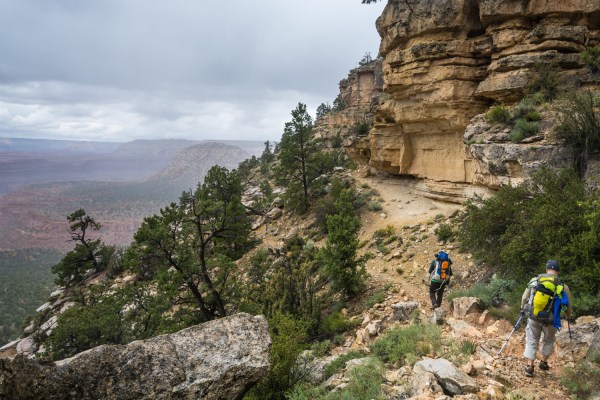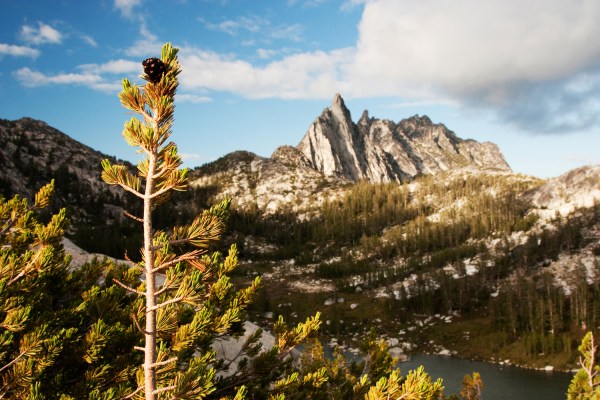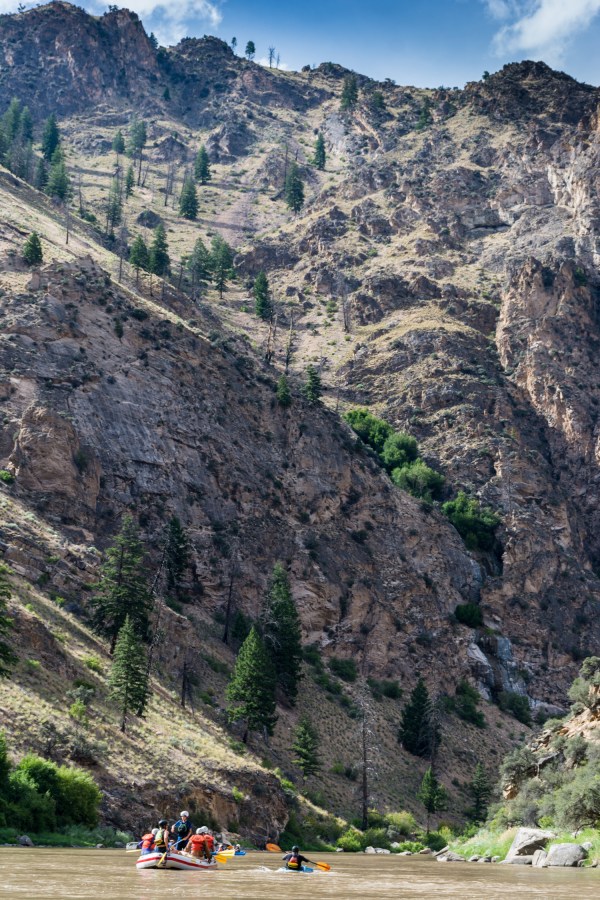So you want to backpack Yosemite, the Grand Canyon, or the Wonderland Trail around Mount Rainier, raft the Middle Fork of the Salmon River, or paddle the Everglades or Boundary Waters? Well, get in line.
The fact is, America’s most iconic wilderness adventures are tightly managed in order to prevent people like you and me from overrunning these special places. That’s good: It preserves a cherished natural resource and protects the wilderness experience—but it can also make it very difficult to nab a permit for trips when far more people apply than are accepted.

But there are tricks for navigating the bureaucratic desert successfully. I’ve learned a few of them over more than a quarter-century of multiple visits to popular national parks such as Yosemite, Grand Canyon and Glacier. Below, I offer five strategies for getting a hard-to-get backcountry permit.
1. Do Some Research
Don’t wait until a month before your trip to look into a permit. For mega-popular, permitted trips, start planning months in advance. Check the managing agency’s website for details on how and when to apply; it varies greatly between and even within agencies. (Example: Every national park has its own type of permit system.)
2. Be Flexible
Many backcountry permit applications allow you to submit multiple alternatives for dates as well as locations. If your first choice is a popular route, put in for less-popular areas—which are often as scenic—as alternate choices.
3. Go Outside the Peak or Permit Season
In many mountains ranges, the prime backpacking season runs from early- or mid-July until around Labor Day, but good weather can last into September or even October. In desert Southwest parks and rivers, April to May and September to mid-October are popular, but you can get good weather in late March and late October and even early November. If a permit is required only within a specified window of dates—as is the case for multiday trips on many rivers—plan your trip for immediately before or after that permit season, bearing in mind that weather and other conditions can be more challenging.
4. Three’s a Crowd
Permits generally impose a limit on group size, and for some trips, especially backpacking trips, it’s often easier to get a permit for a party of just two people than for four or more (and larger numbers may cross a “group” threshold, for which there are usually far fewer available campsites than for small parties).
5. Show Up and Wait
Many parks reserve a certain number of backcountry permits for first-come allocation every day. Show up a couple hours before the backcountry office opens and wait in line for a permit to start backpacking that day or the next. This often works better on weekdays and after Labor Day. It might take two or three hours in early morning for a couple of days to get your permit, but you still have most of those days free to day-hike or explore. If you have the time and aren’t good about planning ahead, this your best hope.
Similarly, for many permitted rivers, reservations made months in advance occasionally get cancelled. If you have a flexible schedule, try obtaining a cancelled permit first-come, which usually requires calling or checking a website daily.
Specific Hard-to-Get Permits
To paddle for multiple days in the wilderness of Everglades National Park—a park larger than Glacier or Grand Canyon—during the prime season (mid-November through mid- April), you must obtain a backcountry permit in person from either of two park visitor centers no more than 24 hours before your trip starts. No reservations are accepted for wilderness campsites.
Backcountry camping in the Boundary Waters Canoe Area Wilderness, which has more than 1,500 miles of canoe routes and 1,000 lakes spread across more than one million acres of northern Minnesota, requires a quota permit from May 1 through September 3. Enter a permit reservation lottery in January.

Enchantments: Prusik Peak. Photo by Angela Crampton – #REIEmployee.
The Enchantments Basin, one of the most popular corners of Washington’s Alpine Lakes Wilderness, requires a permit for backcountry camping between May 15 and October 31; most are allocated during a lottery held from mid-February through early March. You can apply for remaining advance reservations beginning April 1, or enter the daily walk-in permit lottery at the Wenatchee River Ranger District Office in the town of Leavenworth.
Mount Rainier National Park begins accepting reservation applications for backpacking the 93-mile Wonderland Trail around Rainier on March 15; apply before April 1, because applications received between March 15 and April 1 are processed randomly, while all received from April 1 on are processed in the order they’re received. The park also reserves 30 percent of permits to issue on a first-come basis during the season; and it doesn’t accept permit reservations for trips starting after September 30. So with a good weather window in October, show up for a first-come permit and you’ll probably get it.
In the Grand Canyon, three out of four applications for a permit to backpack across the canyon on the Bright Angel and South and North Kaibab trails are denied. But it’s a little easier to get a permit for comparable multiday hikes, such as the 29-miler from Grandview Point to the South Kaibab Trailhead, or the 25-miler from Hermits Rest to the Bright Angel Trailhead. Fax in your permit application on the first of the month four months prior to the month in which you want to start a trip (e.g., on December 1 for a hike beginning in April).
Reservations for backcountry permits in Yosemite National Park can be made up to 24 weeks before your starting date, and permits are issued based on a maximum quota of hikers starting at each trailhead. But permits do not specify where you camp each night. Apply months in advance, try to start at a less-popular trailhead, and go in September for the best chance of a first-come permit.

Permits for multiday float trips on the most popular rivers in the West—like Idaho’s Middle Fork and Main Salmon and the Colorado River through the Grand Canyon—are issued via lottery for the permit seasons.
- For the Colorado River through the Grand Canyon, an annual “weighted lottery” is held in February.
- Permits for the Main Salmon, Middle Fork Salmon, Selway, and Snake River through Hells Canyon are issued annually through Idaho’s Four Rivers Lottery Permit Reservation System for the permitted season, which varies between the rivers; apply between December 1 and January 31. Cancelled reservations are released randomly at recreation.gov within 24 hours.
Have any additional tips and tricks for securing a backcountry or wilderness permit? Please share in the comments below.
